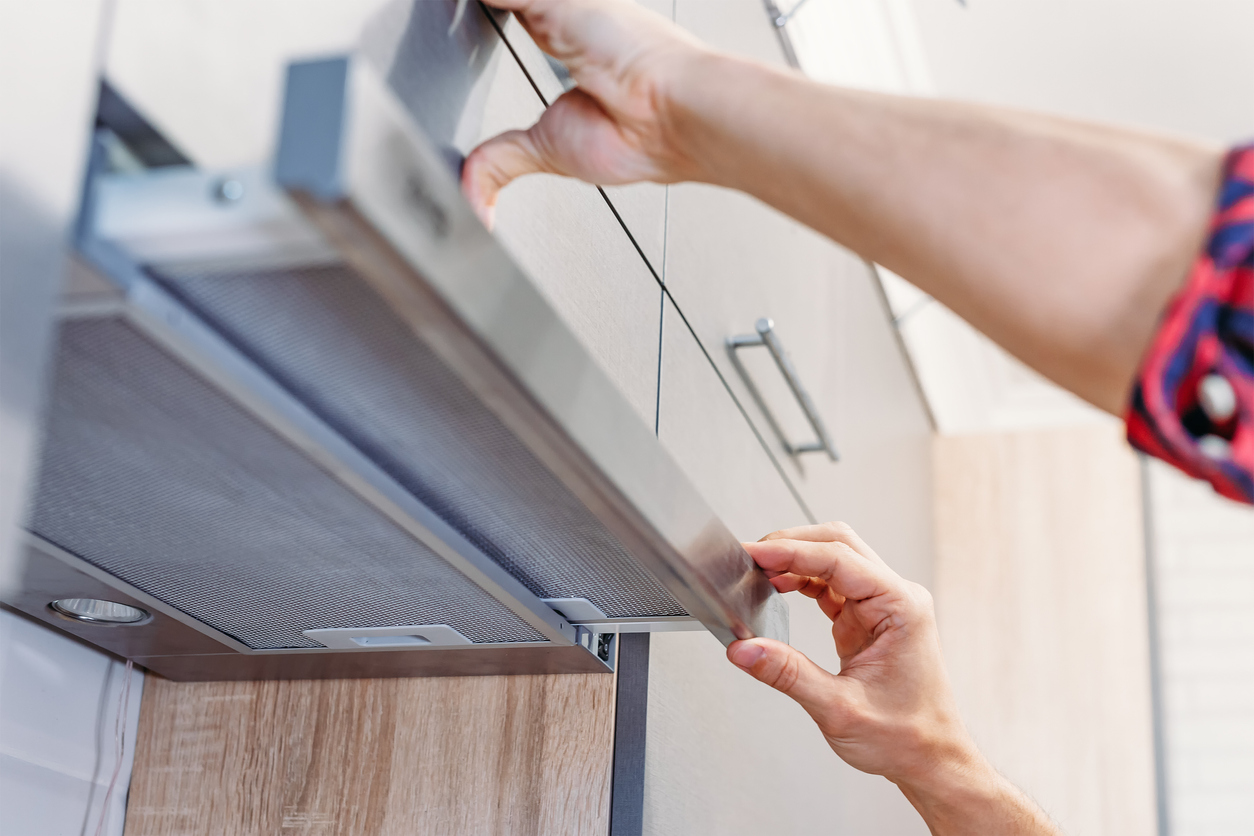
Moving to energy efficiency has meant tighter home envelopes and, while that is a good thing, we also need to be cognizant of our indoor air quality and work to keep our breathable air clean.
One way to ensure your home is healthy is to prevent materials from off-gassing. Avoid furniture and building materials that have high urea formaldehyde content and keep new homes well ventilated until the material has off-gassed.
The second way is to properly vent indoor contaminants and, to this end, the kitchen needs to be your first priority. When you use your stove or oven, it releases contaminants into the home. There are many toxic gases like sulphur dioxide that are released into the home during cooking.
The best way to control cooking contaminants is to use the hood exhaust fan every time you cook. If you don’t have an exhaust fan, install one as soon as possible. If you are working on a client’s kitchen, be sure to install adequate ventilation and encourage them to use it each and every time they turn on their stove.
A recent study shows that 10% of people never use their range hood fan, and only about a third of participants said they used it every time they cooked. 48% said they didn’t think it was necessary to use the fan and 21% said they didn’t use it because it was noisy.
Your range hood will only remove contaminants if it’s working properly. Check that the fan is vented outdoors (yes, some contractors vent into the wall or attic). Cooking can produce a lot of moisture and venting into a wall or attic can lead to other issues. Some passive home designs have the hoods pulling in air and circulating it through a filter before returning it to the kitchen. This cuts down on holes in the building envelope. If this is the case, the kitchen should still have an exhaust that routes through the ERV.
Check that the range hood covers all the burners so that all the contaminants are captured and removed from the home.
